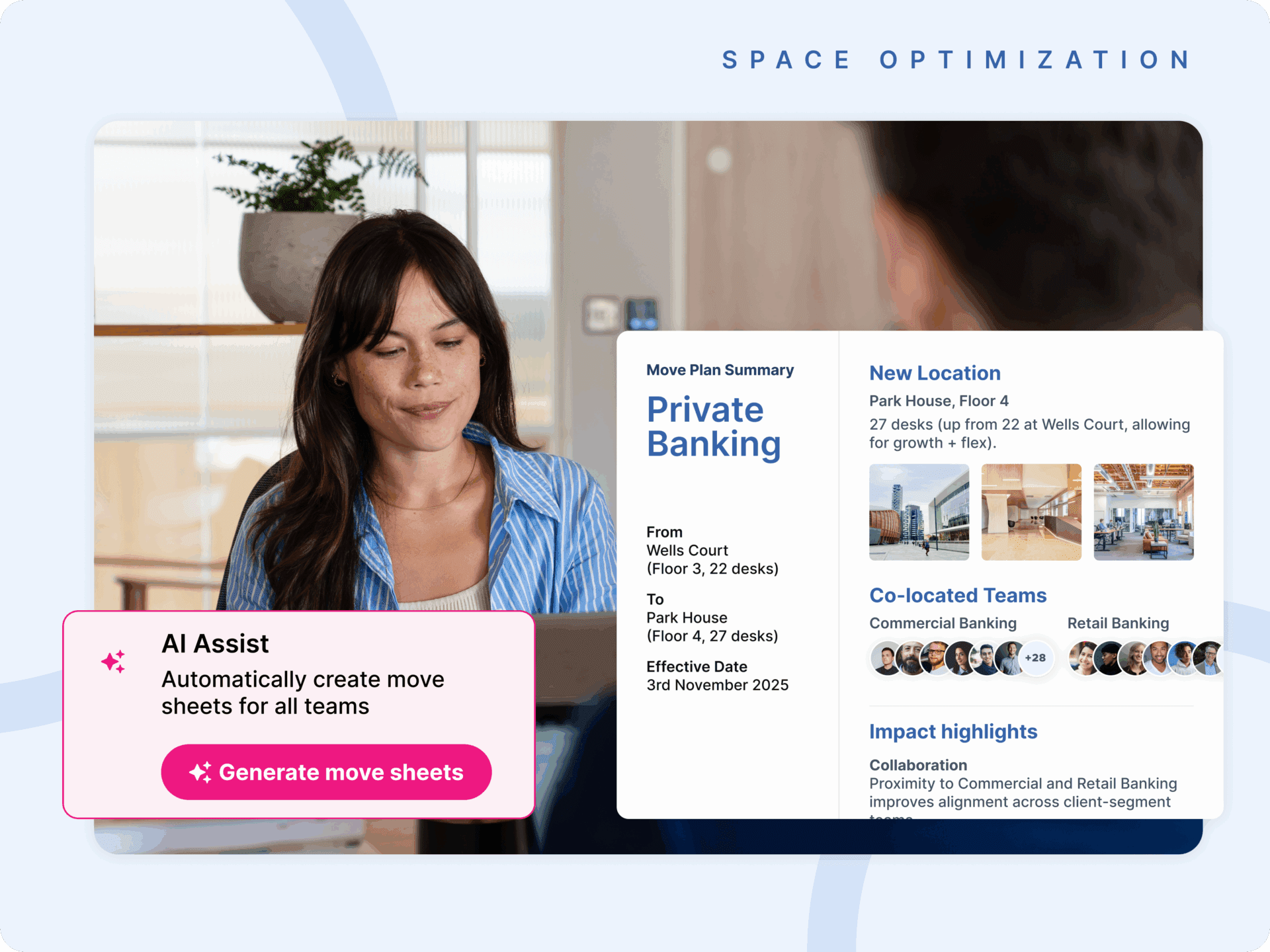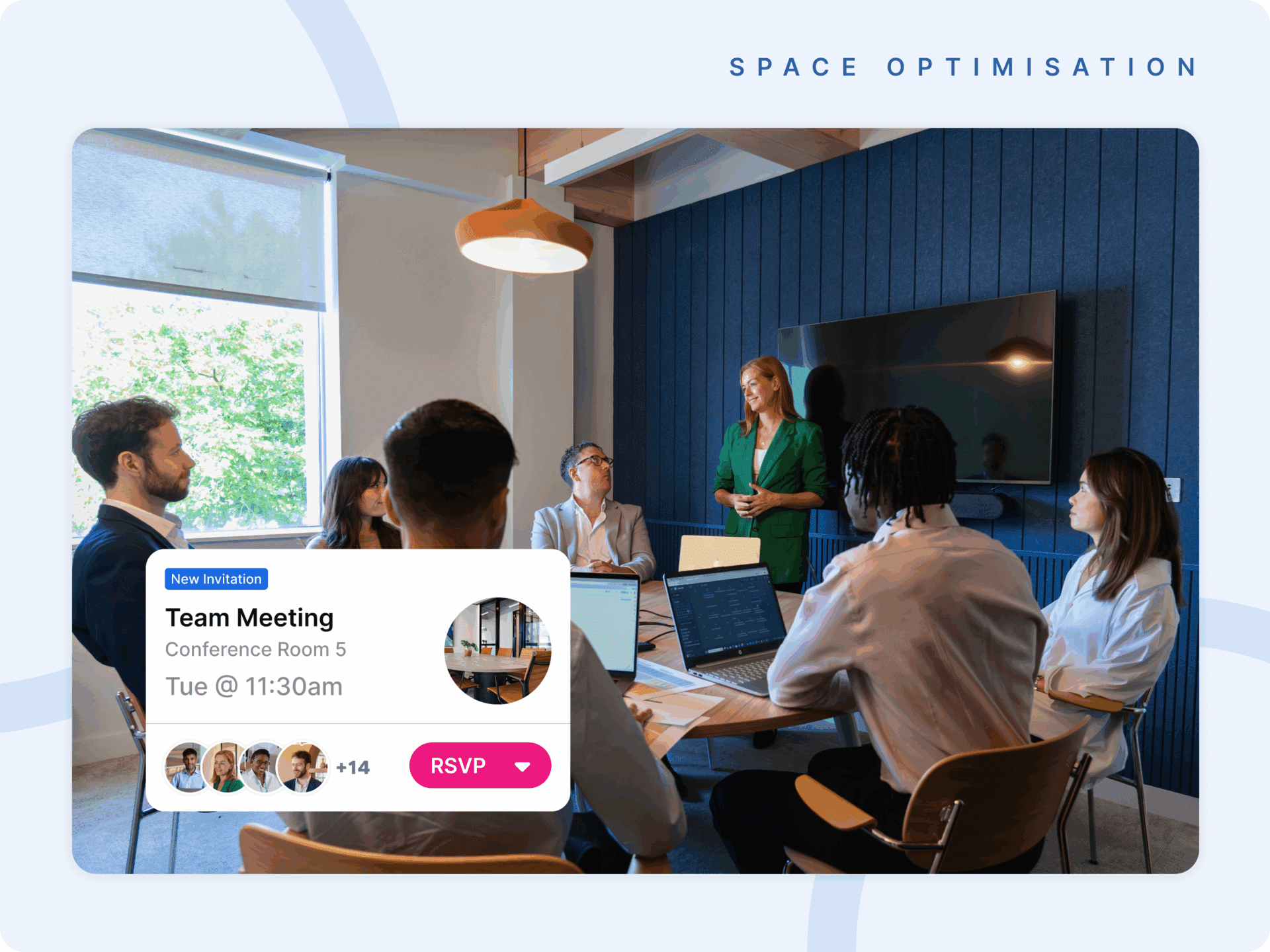How To Avoid Remote Employees Feeling Left Out & Becoming Second Class Citizens
Hybrid working promises to be a panacea for organizations planning their post-pandemic workplace. Agile and adaptable, it offers the perks of remote working without losing the in-person collaboration, connection and relationship building that a team thrives on. But it comes with a health warning. Without an inclusive culture, you risk sleepwalking into an unequal work environment where those who spend more time in the office enjoy extra benefits over remote employees.
Office employees vs remote employees
Us humans are social creatures. We’ve evolved to live in groups and we thrive off social interaction. From a night on the town with friends to small talk with the supermarket cashier, human connection is critical to our mental health and wellbeing.
It’s natural that we develop stronger bonds with people we’re physically with. Virtual communication fulfils the need to some extent, but it’s not the real deal. It’s harder to pick up on non-verbal cues, easier to get distracted and group dynamics can be different.
In a remote-first culture, employees stand to miss out on friendships and working relationships when compared to a workplace culture dominated by the office. Indeed, in our survey of 1,500 US and UK office workers, over 55% said chance encounters and spontaneous conversations with colleagues were one of the best things about the office experience. Working remotely, people will find it harder to build trust and emotional bonds with co-workers, because they don’t get as much face-to-face time with them. This can impact their workplace wellbeing, job satisfaction, and career prospects. From a business point of view, it can lead to a dip in productivity, engagement and loyalty. The challenge for employers is to balance the overall experience employees get, regardless of whether they’re in the office or remote.
6 steps to improve remote employee wellbeing
With some simple steps you can make sure remote staff don’t end up feeling like second class citizens. It comes down to awareness and making sure the leaders and managers who set the workplace culture understand potential issues and how they can avoid them.
In our hybrid working research, less than half of those surveyed had been offered guidance or support around flexible and hybrid working – so by putting in place some of these steps you’ll already be ahead of the majority.
1. Make your hybrid meetings inclusive
Hybrid meetings include remote and in-person attendees. But if in-person attendees are late because they were making coffee together, or are indulging in off-camera conversations, remote attendees can feel excluded.
Build in time at each meeting for small talk. It might seem trivial, but sharing stories about the weekend or the weather in different parts of the country will help cement interpersonal relationships between employees – a foundation for a high-functioning company.
Encourage an equal footing for all at the meeting by giving everybody a turn to speak on each point and discourage in-person attendees from talking amongst themselves. Use a virtual whiteboard or Post-it platform such as Miro so that everybody gets to contribute to idea generation.
Make sure technology is tested and working beforehand, and that the meeting starts promptly. A remote attendee can be left in limbo if a meeting doesn’t begin at the scheduled time or the tech doesn’t work.
With more of a focus on hybrid meetings, innovation in meeting room technology is blossoming right now. Telepresence tech aims to simulate the effect of remote attendees being in the same room. Large touchscreens and top quality cameras and microphones help bring virtual attendees to life. Google’s campfire meeting spaces use this type of innovation.
Finally, share the meeting agenda, details of decisions to be taken and other important papers or presentations well ahead of the meeting. This makes sure everybody feels in the loop, regardless of where they’re working.
2. Use the same communication platforms
Make inclusive communication a principle of your company culture and an integral part of your hybrid working model.
Encourage everyone to use the same communications platforms – even if they’re in the same office. That way, information is shared equally and remote workers don’t miss out on office conversations and updates. When leaders need to deliver a big announcement, make sure it’s done using a channel open to everyone.
3. Use remote messaging tools
Remote messaging tools help reduce the isolation that remote employees can feel. Less formal than email, they’re a great substitute for office chat. You might even find they’re better for cross-team bonding than being in the office, because it’s easy for people across different departments to connect.
Set up different groups or channels – some with a work focus, and others purely for socialising. How about a virtual coffee break channel, or a channel for people to share pictures of their pets?
4. Hold regular 1-2-1 meetings
Remote-first employees won’t benefit from seeing their manager every day. While that might be music to some people’s ears, there’s a risk they could become detached from the day-to-day company culture. Niggles won’t get dealt with and might snowball needlessly.
Some people won’t feel comfortable speaking up in front of everyone on a group call, so making sure everybody has regular 1-2-1 meetings ensures that all voices get heard
5. Talk to your employees
Remote working will suit some employees to a tee, others not so. There’s a big difference between having a garden office with superfast broadband to sharing a kitchen table and Wi-Fi connection with four other flatmates.
Job seniority plays a role too. When you’re starting out you want to establish yourself and start building a reputation, you want to make friends, and you’ll probably look forward to Friday night drinks more than older staff who have families to get back to. Remote working can hit younger employees harder in the pocket too, with a reported 71 % of 18–29-year-old office workers stating that it has cost more than they expected.
And let’s not forget the motherhood penalty, potentially exacerbated by the pressure to perform at work while simultaneously caring for children at home. It’s therefore important to recognise that remote working will impact employees in different ways. Ask each of your team what their needs are around hybrid working and what you can do to help them – from increased 1-2-1 communication to regular social events that get everybody together in person.
We’ve published an employee survey tool kit to help you ask the right questions and understand what’s needed from you to create a happy and productive hybrid working culture.
6. Promote hybrid collaboration
Just because people aren’t in the office all week doesn’t mean collaboration can’t happen, it just needs to be managed more carefully.
Document and share your organization’s expectations around in-person collaboration. If you work to a regular cadence and expect all staff to come in for a meeting once per month, make sure everybody is aware.
Be clear on how communication channels and collaboration tools are used too. Remote employees will rely more heavily on these tools, so it’s important everybody buys into them and uses them in a consistent way.
Virtual planning tools such as Asana and Monday.com ensure all employees have access to the same information and can communicate updates from wherever they are. They also facilitate asynchronous collaboration, where employees can work together on a task at different times and keep each other updated on progress.
And a predictable information-sharing cadence helps as well. Knowing that a project update happens every Monday and Thursday morning provides a useful framework for remote-first employees to work around.
Create a company culture that considers all employee needs
A happy and engaged workforce is essential for an organization to perform well, retain its staff and attract new talent. As we move to hybrid working, it’s not just office space that needs to adapt. A company culture that’s inclusive, has an emphasis on communication, and takes into account the different needs across its employees will be vital in ensuring that remote employees don’t end up feeling left out in the cold.



